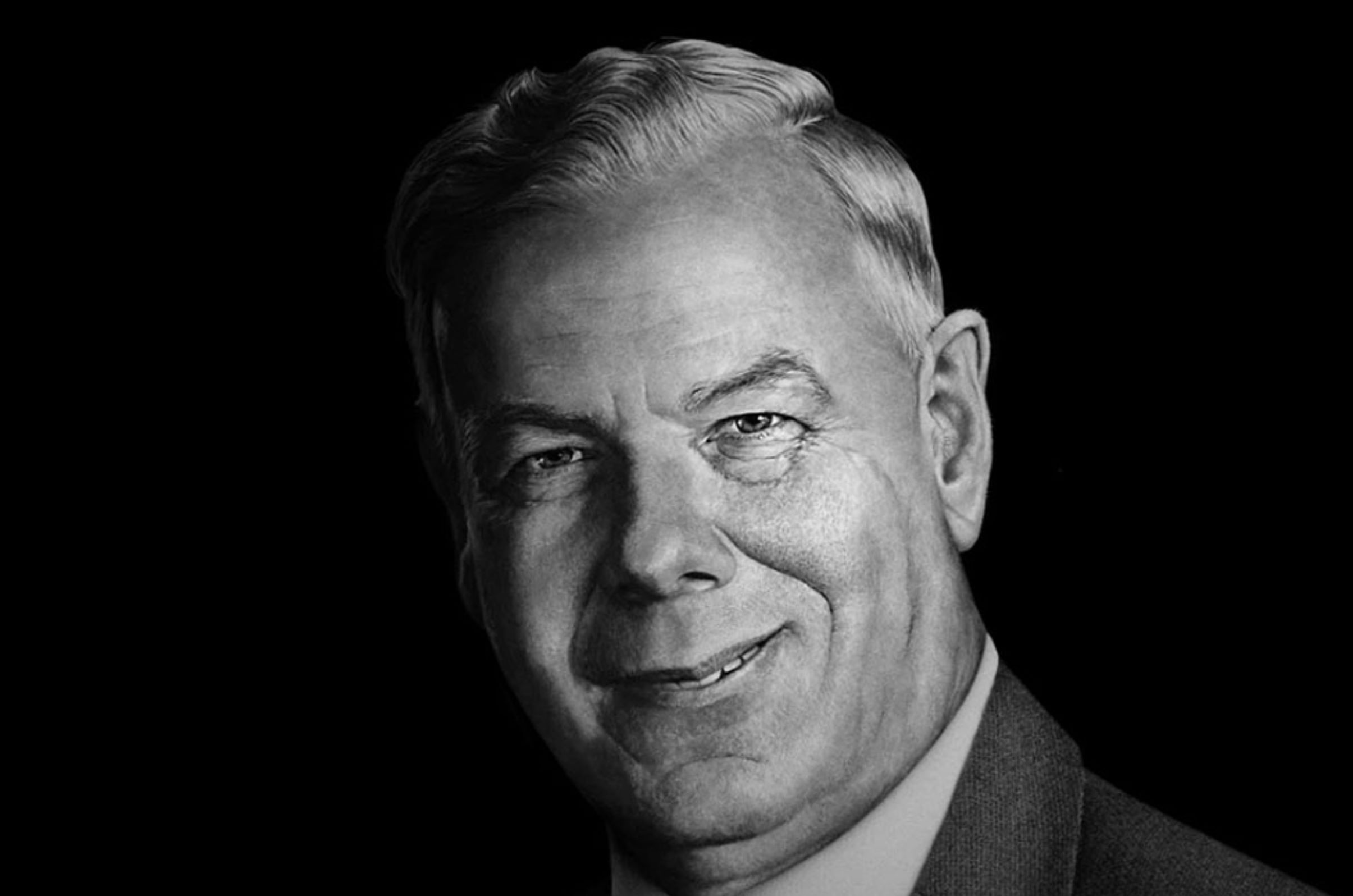
Hendrik Verwoerd, a name that invokes various emotions and opinions, played a crucial role in shaping South African history. As the architect of apartheid, Verwoerd’s policies have left a lasting impact on the country. While his legacy is one of controversy, it is important to delve deeper into the life and mindset of this complex figure. In this article, we will explore eight fascinating facts about Hendrik Verwoerd that shed light on his beliefs, actions, and impact on South Africa. From his early career as a psychologist to his rise in politics and eventual implementation of racial segregation, Verwoerd’s story is as intriguing as it is polarizing. So, let’s take a closer look at the man behind one of the most divisive political systems in modern history.
Key Takeaways:
- Hendrik Verwoerd was a key figure in implementing Apartheid in South Africa, which led to deep racial divisions and international condemnation.
- Verwoerd’s legacy remains controversial, with some defending his policies while others view him as a symbol of oppression and racial injustice.
Hendrik Verwoerd was a South African politician.
Hendrik Verwoerd was a prominent figure in South African politics during the mid-20th century. He was the prime minister of South Africa from 1958 until his assassination in 1966.
Verwoerd played a pivotal role in implementing Apartheid.
As the prime minister, Verwoerd championed and implemented the Apartheid policy, which enforced racial segregation and discrimination in South Africa.
Verwoerd was known as the architect of Apartheid.
Verwoerd is often referred to as the architect of Apartheid due to his instrumental role in designing and implementing the system of racial segregation.
Verwoerd’s policies intensified racial tensions in South Africa.
Under Verwoerd’s leadership, Apartheid policies deepened racial divisions in South Africa, leading to widespread protests and international condemnation.
Verwoerd survived an assassination attempt in 1960.
In 1960, Verwoerd was shot twice during a parliamentary session by a white farmer who opposed the Apartheid regime. Despite being injured, he made a full recovery.
Verwoerd’s assassination occurred in 1966.
On September 6, 1966, Hendrik Verwoerd was assassinated by Dimitri Tsafendas, a parliamentary messenger, during a routine session in Cape Town.
Verwoerd’s legacy remains controversial.
Verwoerd’s legacy is highly debated, with some defending his policies as necessary for maintaining order, while others view him as a symbol of oppression and racial injustice.
Verwoerd’s influence on Apartheid continues to be felt today.
Although Apartheid officially ended in the early 1990s, Verwoerd’s policies and ideologies have had a lasting impact on South Africa’s social, political, and economic landscape.
Conclusion
In conclusion, Hendrik Verwoerd remains a controversial figure in South African history. While he is known as the architect of apartheid, there are also several fascinating facts about him that shed light on his complex character and the impact he had on the country. From his academic prowess to his role in shaping apartheid policies, Verwoerd’s life and legacy continue to be a subject of debate and analysis. It is important to study and understand the contributions and controversies surrounding figures like Verwoerd to gain a comprehensive understanding of South Africa’s history and the ongoing journey towards equality.
FAQs
Q: Who was Hendrik Verwoerd?
A: Hendrik Verwoerd was a South African politician and the prime minister of the country from 1958 until his assassination in 1966. He is known for his role in implementing and solidifying apartheid policies.
Q: What is Verwoerd’s significance in South African history?
A: Verwoerd is considered the architect of apartheid, a system of racial segregation and discrimination that was enforced by the South African government from 1948 to 1994. His policies promoted the marginalization of non-white South Africans and cemented social and economic disparities between racial groups.
Q: Did Verwoerd face any opposition during his political career?
A: Yes, Verwoerd faced both internal and external opposition to his policies. Internally, there were protests and resistance movements against apartheid, notably the ANC led by figures like Nelson Mandela. Externally, there was international condemnation and sanctions against South Africa for its apartheid policies.
Q: How did Verwoerd’s assassination impact South Africa?
A: Verwoerd’s assassination in 1966 shocked the country and highlighted the deep divisions and tensions within South African society. While some mourned his death, others celebrated it as a symbol of resistance against apartheid. His assassination marked a turning point in the fight against apartheid and the eventual dismantling of the system.
Q: Are there any memorials or tributes to Verwoerd?
A: No, there are no official memorials or tributes dedicated to Verwoerd in South Africa. Following the end of apartheid, symbols and monuments associated with those who promoted segregation and racial discrimination were largely removed or renamed.
Was this page helpful?
Our commitment to delivering trustworthy and engaging content is at the heart of what we do. Each fact on our site is contributed by real users like you, bringing a wealth of diverse insights and information. To ensure the highest standards of accuracy and reliability, our dedicated editors meticulously review each submission. This process guarantees that the facts we share are not only fascinating but also credible. Trust in our commitment to quality and authenticity as you explore and learn with us.
